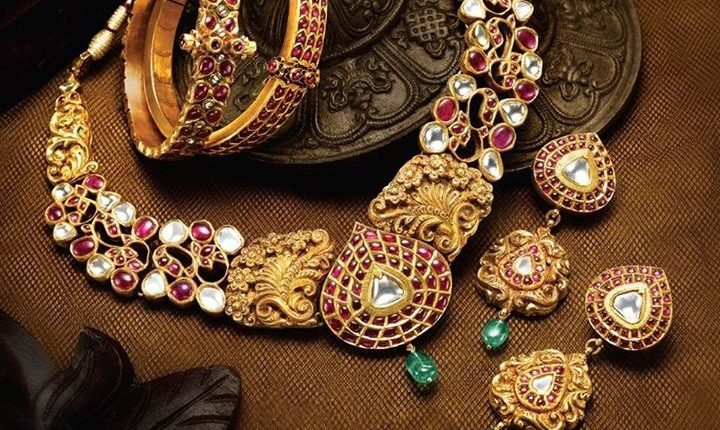
Jewellery design is a multidisciplinary field that involves a combination of technical and artistic skills. Some of the subjects that are typically taught in jewellery design courses include:
Design Principles: This subject covers the basic principles of design, such as line, form, colour, and texture, and how they can be applied to jewellery design.
Gemology: Gemology is the study of precious and semi-precious stones. Jewellery designers need to have a basic understanding of gemology to be able to choose the right stones for their designs.
Metalsmithing: Metalsmithing is the process of manipulating metals to create jewellery. This subject covers techniques such as casting, soldering, and forging.
3D Modelling and CAD: 3D modelling and computer-aided design (CAD) are essential tools for jewellery designers. These subjects teach designers how to create 3D models of their designs using software like Rhino or Matrix.
Business Skills: Jewellery designers also need to have basic business skills such as marketing, branding, and pricing. These subjects teach designers how to start and run a successful jewellery business.
History of Jewellery: Understanding the history of jewellery is important for jewellery designers because it helps them to appreciate the evolution of jewellery design and to draw inspiration from different eras and cultures.
Drawing and Rendering: Drawing and rendering are important skills for jewellery designers because they need to be able to communicate their designs visually. These subjects teach designers how to create sketches and drawings of their designs using traditional and digital tools.
Overall, jewellery design courses cover a wide range of subjects that are essential for aspiring jewellery designers to learn and master.